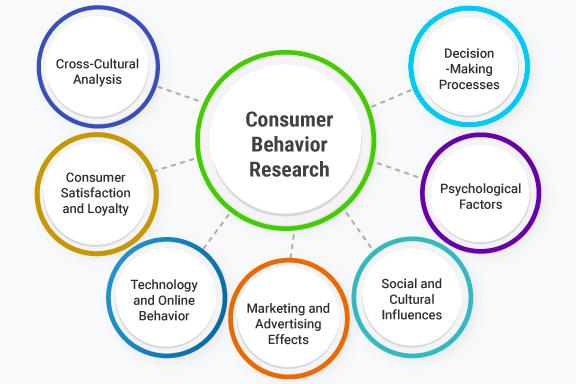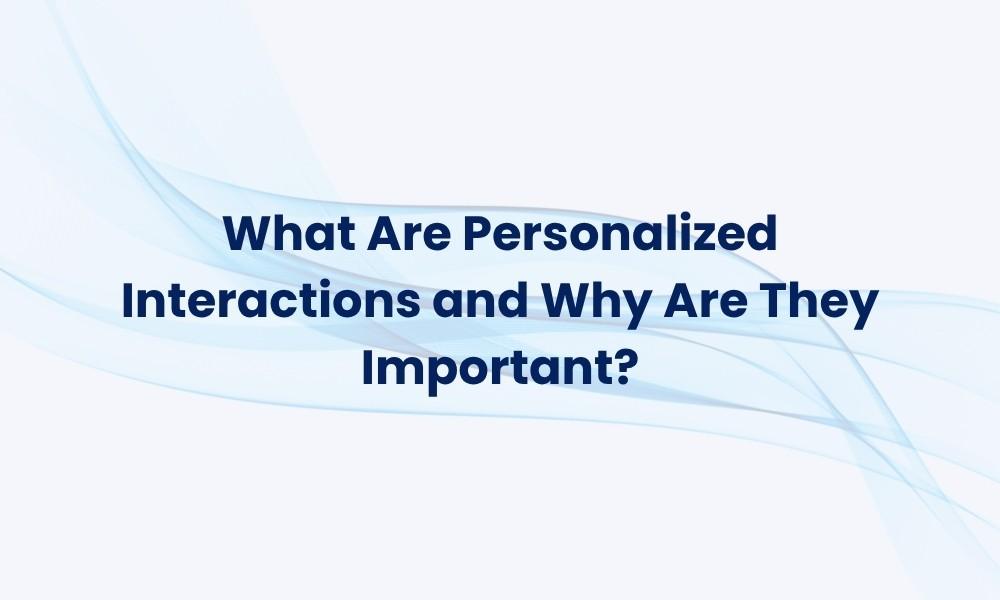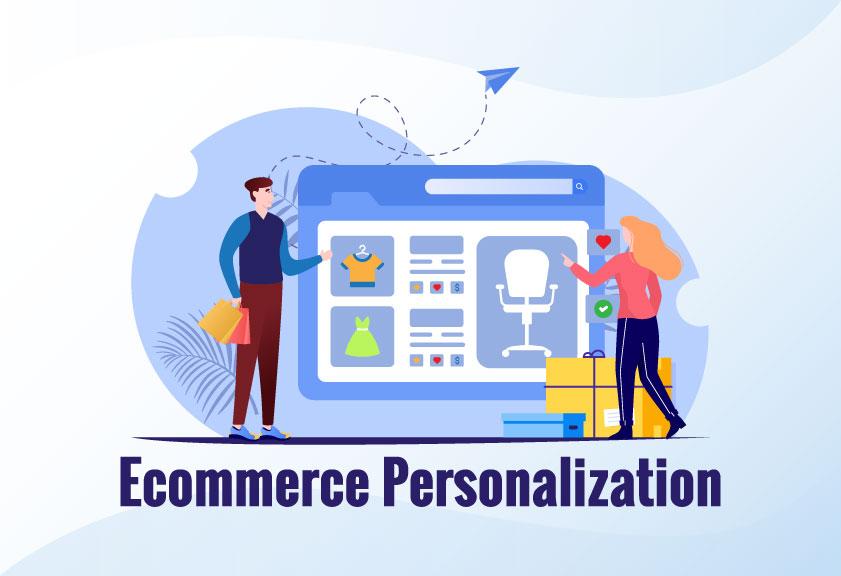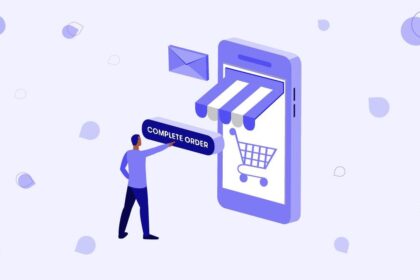In a world where the click of a button can open a portal to endless choices, the landscape of shopping is undergoing a profound transformation. Gone are the days of one-size-fits-all experiences, as consumers increasingly seek connections that reflect their individual preferences and tastes. Welcome to the era of e-commerce personalization—a realm where algorithms and user insights intertwine to curate shopping journeys that feel uniquely tailored to each individual. As brands harness the power of data and technology, they are redefining the way we browse, select, and ultimately purchase, making every interaction a chance for discovery and delight. This article delves into the burgeoning phenomenon of personalized shopping experiences, exploring how innovative strategies are shaping consumer expectations and setting the stage for a future where every shopping experience is as distinctive as the person behind the screen. Join us as we navigate this evolution and uncover the key elements driving the rise of e-commerce personalization.
Understanding Consumer Behavior in a Personalized Marketplace
As e-commerce continues to evolve, understanding the dynamics of consumer behavior becomes increasingly crucial for businesses looking to thrive in a personalized marketplace. Today’s consumers crave experiences tailored to their individual preferences, leading to a shift in marketing strategies. By analyzing data on browsing history, previous purchases, and customer interactions, businesses can create bespoke shopping experiences that resonate on a personal level. Key factors influencing consumer behavior include:
- Personalization: Tailored recommendations based on shopping habits.
- Convenience: Seamless navigation and hassle-free purchasing processes.
- Trust: Transparent communication and reliable customer service.
- Value: Customize offers and promotions that appeal to individual needs.
Moreover, advancements in technology enable brands to harness AI and machine learning, driving personalization efforts to new heights. These tools help businesses predict customer preferences, allowing for dynamic content customization and real-time engagement. By understanding the psychological triggers that motivate purchasing decisions, companies can fine-tune their strategies. Below is a simple representation of how consumer demographics might influence personalized marketing approaches:
| Demographic | Personalization Strategy |
|---|---|
| Millennials | Focus on sustainability and social responsibility. |
| Gen Z | Engage through interactive content and social media influence. |
| Baby Boomers | Emphasize customer service and straightforward purchasing processes. |

Leveraging Data Analytics for Tailored Shopping Experiences
In an era where consumers are bombarded with choices, data analytics has emerged as a crucial tool for e-commerce platforms seeking to enhance their shopping experiences. By analyzing consumer behavior and preferences, businesses can personalize the shopping journey in profound ways. Utilizing data from various touchpoints, such as browsing history and purchase patterns, retailers can create tailored recommendations that resonate with individual shoppers. This deep understanding of customer needs allows brands to not only meet expectations but exceed them, fostering loyalty and repeat business. For instance, real-time inventory updates combined with personalized offers can guide customers towards the products they are truly interested in, reducing decision fatigue.
To illustrate the effectiveness of data-driven personalization, consider the following strategies that can transform a generic shopping experience into a uniquely satisfying one:
- Dynamic Pricing: Adjusting prices based on customer behavior and demand.
- Customized Email Campaigns: Tailoring content and offers based on previous interactions.
- Product Bundling Recommendations: Suggesting complementary items that enhance the primary purchase.
Moreover, utilizing a comprehensive dashboard can help businesses visualize and interpret data effectively. The table below outlines key metrics that reveal customer preferences:
| Metric | Description | Implication |
|---|---|---|
| Conversion Rate | Percentage of visitors making a purchase | Indicates the effectiveness of targeted marketing efforts |
| Customer Retention Rate | Proportion of repeat customers | Reflects long-term satisfaction and loyalty |
| Average Order Value (AOV) | Average spending per transaction | Helps assess the impact of upselling strategies |

Integrating AI Technologies to Enhance Customer Engagement
In the competitive landscape of e-commerce, businesses are increasingly leveraging AI technologies to create tailored experiences that resonate with individual shoppers. By harnessing the power of machine learning algorithms, brands can analyze customer data and predict preferences, enabling them to deliver personalized product recommendations in real-time. This approach not only enhances user satisfaction but also drives sales, as customers are more likely to engage with content that aligns with their interests. Key AI integrations include:
- Chatbots: Providing instant support and personalized interactions.
- Recommendation Engines: Suggesting products based on browsing habits and previous purchases.
- Dynamic Pricing: Adjusting prices based on demand, customer behavior, and market trends.
- A/B Testing: Analyzing user responses to different strategies to optimize engagement.
To illustrate the transformative impact of AI, consider the following table that highlights key metrics of customer engagement before and after integration:
| Metric | Before AI Integration | After AI Integration |
|---|---|---|
| Checkout Abandonment Rate | 68% | 45% |
| Average Order Value | $50 | $75 |
| Customer Satisfaction Score | 3.5/5 | 4.6/5 |
| Repeat Purchase Rate | 20% | 35% |

Strategies for Building Loyalty through Customized Interactions
Creating personalized shopping experiences is an essential strategy for cultivating customer loyalty in the e-commerce landscape. By leveraging data analytics, businesses can identify unique customer preferences and tailor their interactions accordingly. Techniques such as targeted email marketing, curated product recommendations, and behavioral retargeting go a long way in making shoppers feel valued. Moreover, personalization transcends mere product suggestions; it extends to the entire shopping journey, from website design to customer service. Example features include:
- Dynamic Homepage Displays: Adjusting featured items based on previous visits.
- Personalized Discounts: Offering exclusive deals based on shopping habits.
- Tailored Content: Providing blog articles and styling tips that align with user interests.
Establishing channels for direct feedback further enhances the e-commerce experience. Implementing personalized surveys and feedback forms allows businesses to gain insights tailored to individual shopping journeys, leading to more refined interaction strategies. Offering loyalty points or special deals in exchange for feedback creates a mutually beneficial relationship. Below is an example of how feedback can be translated into loyalty rewards:
| Feedback Type | Loyalty Reward |
|---|---|
| Product Review | 100 points |
| Survey Completion | 200 points |
| Referral Action | 300 points |
Concluding Remarks
the landscape of e-commerce is transforming at a breathtaking speed, driven by the growing demand for personalization that transcends traditional shopping paradigms. As retailers harness the power of data and innovative technologies, they are not simply curating products; they are crafting unique shopping journeys tailored to the individual preferences and behaviors of their customers. This shift not only enhances consumer engagement but also fosters a deeper connection between brands and buyers. As we look to the future, it’s clear that the art of personalization will continue to shape the e-commerce experience, inviting businesses and consumers alike to embark on a more meaningful and tailored retail adventure. In this ever-evolving journey, one thing remains certain: the desire for a uniquely personal shopping experience will drive excellence and expectation in the years to come.



